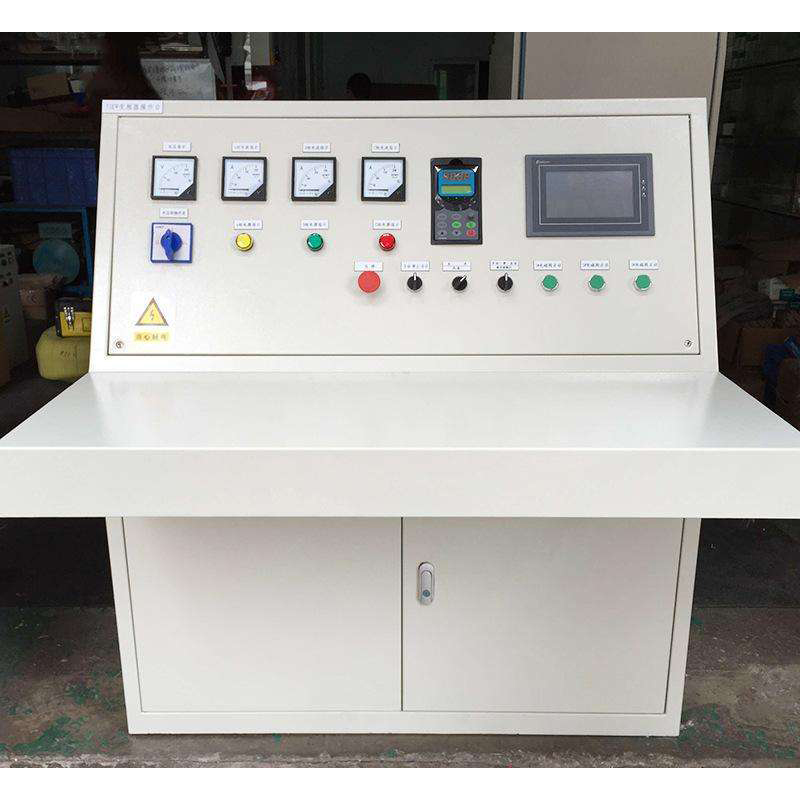
Aug . 21, 2024 03:44
Back to list
Design and Optimization of Gas Heat Exchangers for Enhanced Energy Efficiency
Understanding Gas Heat Exchangers Principles and Applications
Gas heat exchangers are critical components in many industrial processes and heating systems, enabling the transfer of thermal energy between two or more fluids without mixing them. Their applications range from power generation and chemical manufacturing to HVAC systems and refrigerating plants. In this article, we will explore the principles, design, and applications of gas heat exchangers.
Principles of Gas Heat Exchangers
At the core of a gas heat exchanger is the principle of heat transfer, which can occur through conduction, convection, and radiation. Typically, gas heat exchangers work on the principle of convection, wherein heat is transferred from a hot fluid (gas) to a cooler fluid (also gas or liquid) as they flow through close proximity. The primary designs of heat exchangers include shell-and-tube, plate, air-cooled, and finned tube configurations, each serving different operational needs.
The effectiveness of a gas heat exchanger is determined by several factors, including the temperature difference between the two fluids, the flow arrangement (counterflow, parallel flow, or crossflow), and the material properties of the heat exchange surfaces. These aspects are essential for optimizing energy efficiency and maximizing heat transfer while minimizing pressure drop.
Design Considerations
Designing a gas heat exchanger involves not only selecting the right geometry and materials but also ensuring compliance with safety standards for pressure and thermal conditions. Common materials used include stainless steel, copper, and aluminum due to their thermal conductivity and resistance to corrosion.
The choice of design largely depends on the specific application requirements. For instance, in natural gas processing, a shell-and-tube heat exchanger is often preferred for its ability to handle high pressures and large volumes. In contrast, air-cooled heat exchangers are ideal for applications where water is scarce or its use is restricted, as they utilize ambient air to dissipate heat.
Applications of Gas Heat Exchangers
gas heat exchanger

Gas heat exchangers find widespread use in various industries
1. Power Generation In combined cycle power plants, gas heat exchangers recover waste heat from gas turbines, increasing overall thermal efficiency and reducing fuel consumption.
2. HVAC Systems In residential and commercial building heating and cooling systems, gas heat exchangers play a vital role in maintaining comfortable indoor temperatures while minimizing energy costs.
3. Chemical Processing Many chemical reactions are exothermic or endothermic; gas heat exchangers are used to control reaction temperatures and recover heat for process optimization.
4. Refrigeration Gas heat exchangers contribute to efficient refrigeration cycles by transferring heat between refrigerants and ambient air, thus playing a crucial role in cooling applications.
5. Industrial Processes From drying processes to material processing, gas heat exchangers are instrumental in energy recovery and improving process efficiency across various manufacturing setups.
Conclusion
In summary, gas heat exchangers are essential devices that significantly enhance the efficiency of thermal management systems across industries. Their versatility, combined with the ability to recover and transfer heat effectively, makes them indispensable in modern engineering applications. As energy efficiency becomes increasingly critical in mitigating climate change, the role of gas heat exchangers will continue to grow, driving advancements in design and technology for a more sustainable future.
Latest news
-
Safety Valve Spring-Loaded Design Overpressure ProtectionNewsJul.25,2025
-
Precision Voltage Regulator AC5 Accuracy Grade PerformanceNewsJul.25,2025
-
Natural Gas Pressure Regulating Skid Industrial Pipeline ApplicationsNewsJul.25,2025
-
Natural Gas Filter Stainless Steel Mesh Element DesignNewsJul.25,2025
-
Gas Pressure Regulator Valve Direct-Acting Spring-Loaded DesignNewsJul.25,2025
-
Decompression Equipment Multi-Stage Heat Exchange System DesignNewsJul.25,2025

